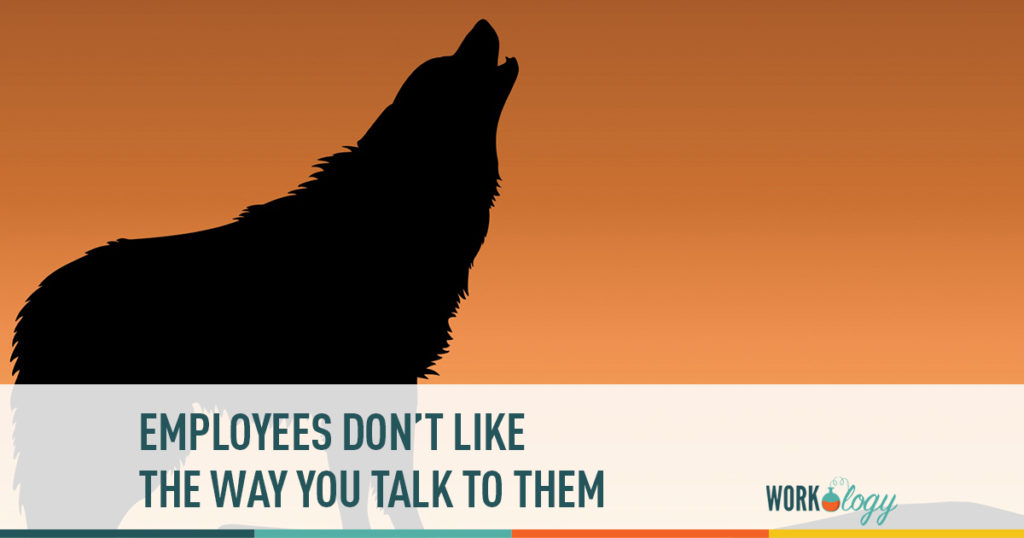According to a new study 45% of workers are unhappy with how senior management communicates important information to them – especially remote workers, who are often left completely out of the loop.
Kollective surveyed 2000 people in the US and UK about their attitudes to work, particularly workplace communication. That emphasis was obviously determined by Kollective’s business interest, which is to sell video conferencing and related tools, but despite that, I think there are some insights worth considering in the report.
General Communication Doesn’t Satisfy
The study revealed discomfort with several modes of communication, including posters, general email blasts and over-reliance on the office grapevine, and a general preference for in person communication. What I think drives his dissatisfaction isn’t necessarily a need for in person communication – in a larger a CEO can’t speak to every employee personally, after all – but the lack of personalization and value.
General communication is just that – general. It doesn’t have the exact information that each employee needs, be it to do their job or to take advantage of the company’s benefits package. If your main method of communicating with employees is to always try to reach the widest possible group of them, then you aren’t communicating meaningfully with your employees. You’re just dumping information that they may or may not need.
General information is important in the sense that there is some information you absolutely must make available to all employees (state or federally mandated workplace posters are one example), but it can’t be the only way business leaders talk with employees.
Getting Personal Without In Person
There’s something about in person communication that can be more satisfying than other forms. It’s quick – because there’s no back and forth through your phone or computer. It’s makes empathy a little easier – because it’s harder to misinterpret each other when you’ve got body language and tone to work with. And often, business leaders can use one-on-one meetings or conversations to create a sense of recognition, that they know and see the value of all their employees.
In person, for a variety of reasons, isn’t always practical, but it’s possible to get personal without being in person. If you want to go with Kollective’s advice on this, video conferencing is a good option. But just changing up what’s in your toolbox won’t do anything if you don’t have a communication strategy aimed at engaging and informing employees. People who haven’t been satisfied with your email blasts and posters won’t be happy just because you switched to doing videos – those videos have to be meaningful, targeted and worth watching.
For me, the most important takeaway from Kollective’s study is that a sizeable group of your employees are unhappy with the way business leaders talk to them. Changing that will require taking a long look at what your communication efforts are like now, and well, actually talking with your workers to get a sense of what they want and need from you.
You need to think about internal communications differently, looking for opportunities to connect with employees and ways to get them the most important information quickly and without friction.










One Comment
I agree! As a remote worker for two different companies, I daily see the difference between good and bad communication. One company is consistently poor in their communications. Everything is last minute and a surprise, not because the information or project isn’t available, but because it hasn’t been communicated. It can sometimes make the work stressful.
Comments are closed.